SJI Grantee Spotlights

Court Cybersecurity and Technical Disaster Recovery Summit
The National Center for State Courts (NCSC), with funding from the State Justice Institute (SJI), launched a national initiative to strengthen state courts readiness for cyberattacks and technical disruptions through Cybersecurity and Disaster Recovery Workshops. These regional sessions (first virtual and then in-person) bring together judges, administrators, IT leaders, and communications staff to enhance preparedness, recovery, and continuity capabilities.
The first workshop was held in September 2024, and sessions have now been completed in four of five regions nationwide. The final workshop will take place in Rhode Island in April 2026. The most recent session, hosted in St. Louis, Missouri, included participation from Illinois, Iowa, Kansas, Michigan, Minnesota, Missouri, Nebraska, North Dakota, Ohio, South Dakota, and Wisconsin. Earlier workshops engaged participants from Alaska, Arizona, Guam, Hawaii, Idaho, New Mexico, Northern Mariana Islands, Nevada, Oregon, Utah, Washington, Wyoming, Delaware, the District of Columbia, Maryland, New Jersey, New York, Pennsylvania, West Virginia, Alabama, Arkansas, Florida, Puerto Rico, South Carolina, Virginia, and the U.S. Virgin Islands.
Each workshop follows a collaborative team-based approach, bringing together a judicial officer, IT leadership, court administrator, public information officer, emergency manager, and general counsel to collaborate through structured exercises that test and strengthen cybersecurity and disaster recovery plans. As part of each workshop, participants receive education and guidance, along with a court focused workbook and template designed to help courts create or refine incident response plans found here: The 2025 Cybersecurity and Disaster Recovery Workshop Workbook.
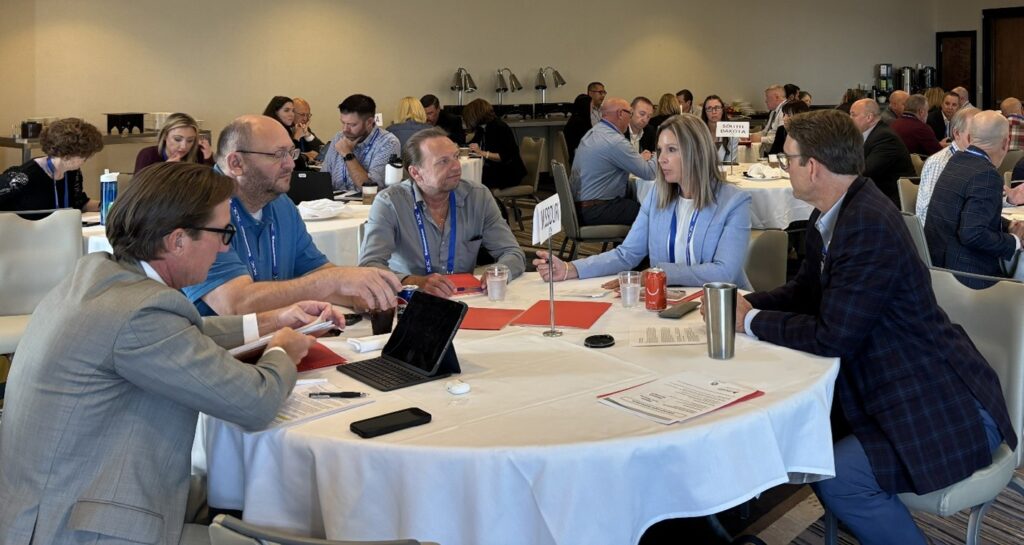
Pictured: Matt Brandes, Data Center & Enterprise Services Manager; Patrick Brooks, Director, Information Technology Services; Rick Morrisey, Deputy State Courts Administrator; Chief Justice W. Brent Powell, Chief Justice of the Supreme Court of Missouri; and Natalie Wilson, Information Security Manager; from the Missouri State Courts participate in a cybersecurity tabletop exercise.
“These workshops, and especially the tabletop exercises and workbook have set the standard for effective court focused cybersecurity education.”
– Shay Cleary, NCSC
“I thought the interaction between the NCSC, CIS, and State Court agencies was compelling and highly informative.”
-Participant from post event survey
This collaborative effort between NCSC, the Center for Internet Security (CIS), and the Chief Information Technology Officers Consortium (CITOC) is helping courts nationwide improve resilience and ensure continuity of essential justice services.
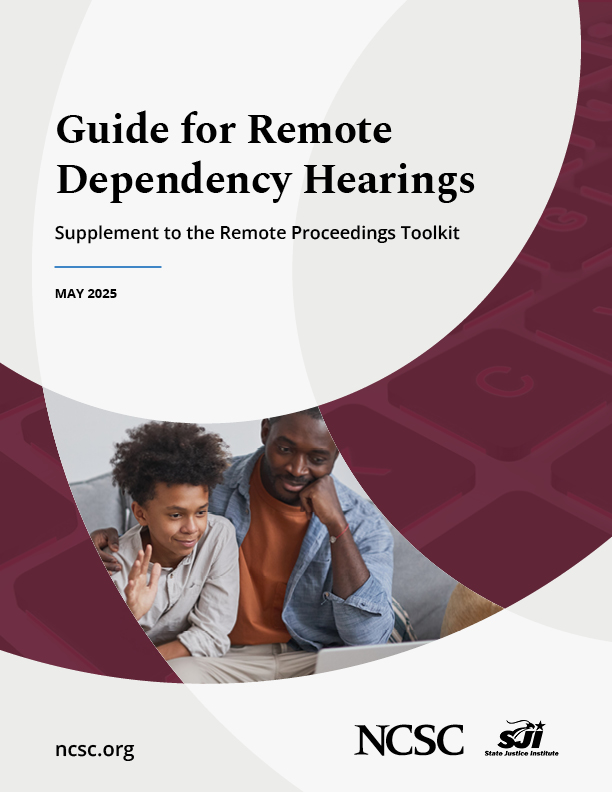
Enhancing State Court Efforts to Address Child Abuse and Neglect – The National Center for State Courts
May 1, 2025
The National Center for State Courts announces the upcoming “Guide for Remote Dependency Hearings,” a comprehensive resource, funded by SJI, developed as an addendum to the Remote Proceeding Toolkit. Child abuse and neglect hearings require additional considerations for effective remote proceedings given their confidential nature and multiple participants. The Guide for Remote Dependency Hearings offers specialized …
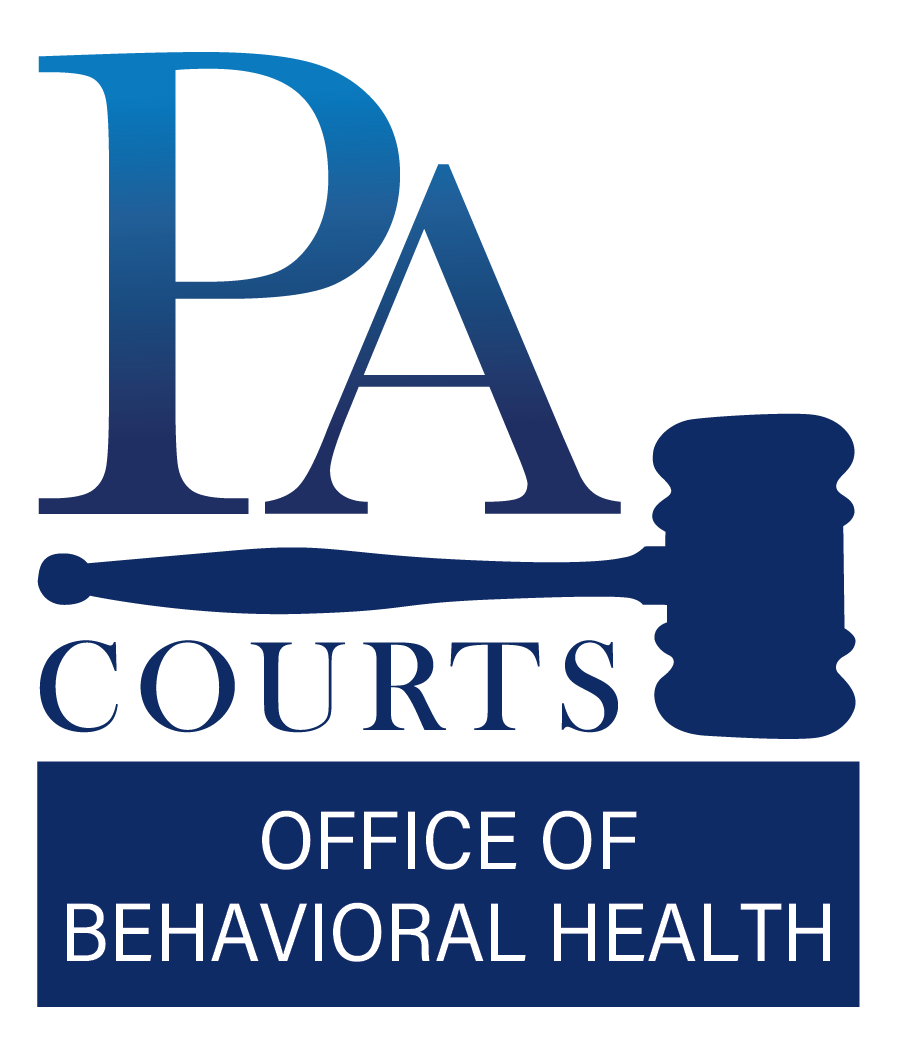
Pennsylvania Statewide Behavioral Health & Recovery Summit – Administrative Office of Pennsylvania Courts
April 1, 2025
In October 2024, the Pennsylvania Courts held a first-ever statewide Behavioral Health Summit that brought together over 500 judges, leaders, and stakeholders to address the growing behavioral health crisis within the judicial system. Pennsylvania Supreme Court Justice Kevin Dougherty emphasized the increasing severity and frequency of behavioral health challenges and called the summit a “call …
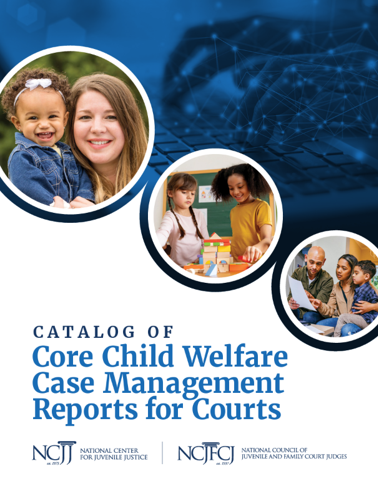
Enhancing State Court Efforts to Address Child Abuse and Neglect
March 1, 2025
In 2016, the National Council of Juvenile and Family Court Judges (NCJFCJ) developed the Enhanced Resource Guidelines (ERGs) to outline best practices for handling child abuse and neglect cases. To support implementation, NCJFCJ launched a project to train select jurisdictions in ERG-based practices. The ERGs emphasize keeping families together, ensuring access to justice, cultural responsiveness, …
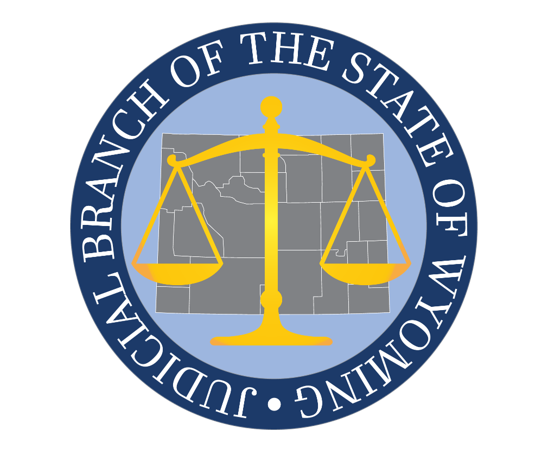
Wyoming Judicial Branch Mental Health Diversion Project
February 1, 2025
Behavioral health diversion is built on a guiding hypothesis: Diverting non-violent individuals with serious mental illness away from the criminal justice system and into community-based treatment and support services will transform lives, reduce recidivism, generate cost savings, and ease the burden on jails, courts, and state hospitals. This hypothesis has been proven in well-resourced urban …
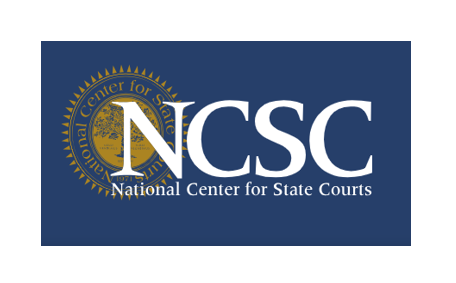
AI Readiness for the State Courts – The National Center for State Courts
January 1, 2025
The National Center for State Courts (NCSC) has brought together experts and practitioners to develop comprehensive guidance on AI Readiness for the state courts. The project, funded by SJI, aims to provide resources for courts along the whole spectrum of AI maturity, from courts that are just beginning to think about AI to courts that …
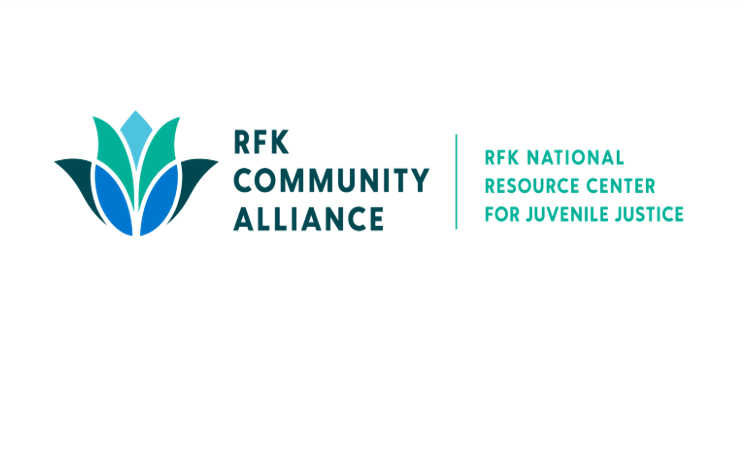
Probation and Youth Justice System Review – RFK National Resource Center for Juvenile Justice
December 1, 2024
The RFK National Resource Center for Juvenile Justice (RFKNRCJJ) has used a proven framework to partner with state and local jurisdictions to conduct multiple probation and youth justice system reviews designed to improve outcomes for youth and families at-risk or involved in the juvenile justice systems for more than fifteen years. RFK’s successful technical assistance …

